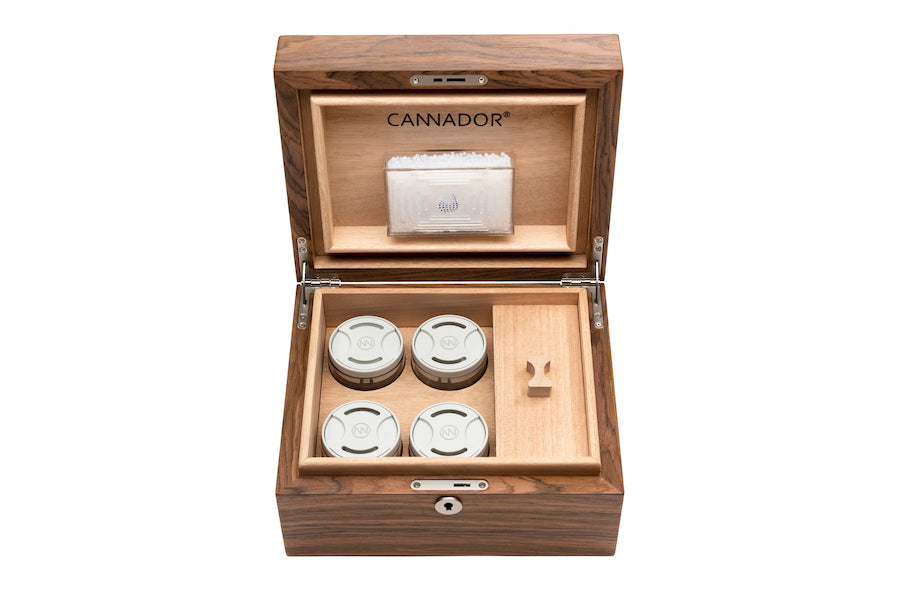If you’re completely new to the world of cannabis, read up on this user-friendly glossary on everything you need to know about cannabis. While not a definitive and all-encompassing dictionary, this handy guide will help you understand product choices, quality, and more.
Dispensary: A collective or co-op that provides medicinal and recreational patients with legal access to flower, concentrates, edibles, and more. Delivery services provide a convenient alternative for consumers.
Budtender: Dispensary connoisseurs that help consumers choose products based on desired effects, quality, and budget.
Cannabinoids: Over 100 different chemical compounds on the surface of the plant that elicit varying effects and therapeutic purposes.
Strain: Specific varieties of the cannabis plant that have been classified by a unique chemical and aromatic profile.
Indica: Indica strains produce pain-relieving and anxiety-reducing effects characterized by relaxed muscles and reduced stress. These strains are great for nighttime use and sleep disorders.
Sativa: Sativa strains are perfect for daytime use due to their euphoric and relaxing effects. These strains can help alleviate depression, anxiety, and other psychoactive disorders in low to moderate doses.
Hybrid: These sativa-indica mix strains are perfect for medical conditions that necessitate multiple therapeutic targets that sativa-dominant or indica-dominant strains can provide.
Trichome: Tiny, resinous glands that contain cannabinoids and terpenes.
Terpenes: Aromatic chemical compounds that range from fruity to off-putting scents.
Hemp: An industrial form of the male cannabis plant
Cannabidiol (CBD): A non-psychoactive compound that reduces anxiety, pain, inflammation, and insomnia,
Tetrahydrocannabinol (THC): A psychoactive compound responsible for the hallucinogenic and euphoric effects. High amounts can cause paranoia and anxiety in patients with depression and anxiety.
Cannabinol (CBN): The natural aging process can transform THC into CBN during the heating process. can help alleviate pain, insomnia, inflammation, and seizures.
Vaporizer: These devices heat flower or concentrates under combustion level to reduce smoke and enhance cannabis effects.
Flower: Buds containing the largest amount of cannabinoids on the cannabis plant.
Concentrates: Extracted forms of cannabis that have been dissolved into a solvent and contain high concentrations of cannabinoids. Concentrates come in a variety of textures and consistencies including budder, wax, shatter, and live resin.
Edibles: Cannabis-infused food or drinks. While effects may take up to two hours to kick in, they can last for up to eight hours.
Tinctures: These liquid extracts of cannabis contain alcohol or glycerin and come in droppers for ease of se. Ingest them or drop them directly under your tongue for fater effects. Liquid extracts of cannabis containing alcohol or glycerin. Droppers enable users to add to edibles or place under tongue for speedy effects.
Topical: Creams, lotions, and salves that contain extracted cannabis compounds. These products can help alleviate muscle pain and improve skin conditions.
Photo courtesy of farmapdx.com



